by Michael Haskew
While they are primarily remembered as fierce warriors, who raided far and wide from their homes in Scandinavia, the Vikings were also some of the earliest European explorers who ventured across miles of trackless ocean to previously unknown corners of the world. Among the most famous of the Viking explorers were a father and son, Erik the Red and Leif Eriksson.
[text_ad]
Erik the Red, so called because of his flowing red hair and beard – and possibly because of his quick temper as well – became the first European to settle in Greenland. Born in Norway around the year 950, Erik was the son of Thorvald Asvaldsson, who was accused of murder and banished into exile in Iceland, where his family resided for a number of years. Interestingly, it is said that Erik was banished from both Norway and Iceland during his lifetime. While living in Iceland, he was charged with killing two men and sent into exile for three years.
“Greenland” Gets Its Moniker
During his banishment from Iceland, Erik heard of a vast land to the west and decided to explore the area. He departed with a ship and crew sometime in the year 982 and ventured upon a small group of rocky islands before finding the larger land mass. He named the area where he came ashore Midjokull, or Middle Glacier. During the next three years, he sailed around the southern tip of the massive island and explored the area to the east. When he returned to Iceland in 985, Erik spoke of the new territory that he had named “Greenland” to encourage others to join him in settling there.
Subsequently, Erik the Red and as many as 500 settlers aboard 25 ships sailed for the new land. Fourteen of the ships arrived safely, and two settlements were established. These flourished for a time; however, harsh weather compelled some of the emigrants to return to Iceland. The fate of those who remained is unclear. It is assumed that they either fell victim to native Inuit attacks or died of starvation or disease. Erik is believed to have died during the winter of 1003.
Leif’s Discovery of America
Leif Eriksson was one of four children of Erik the Red. Born in Iceland around the year 980, Leif sailed northward from the southern tip of Greenland with a crew of 35 men sometime in the year 1000 and then turned south along the coast of Baffin Island to Labrador. It is likely that he was aware of a vast land east of Greenland from reports of another explorer, Bjarni Herjulfsson, who had seen North American after being blown off course between Iceland and Greenland in a storm but had not gone ashore.
Eriksson’s initial landfall was probably on the southern coast of Baffin Island. From there, he continued to Labrador and eventually reached a land he called Vinland, probably along the coast of Newfoundland. In the spring of 1002, Eriksson returned to Greenland, and upon his father’s death became one of the leaders of the settlements there. Eriksson is believed to have died young, aged only about 40.
Archaeological evidence confirms the existence of an ancient Viking settlement near the southern tip of Newfoundland.
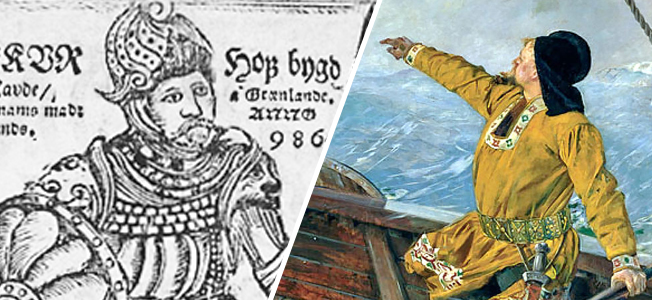
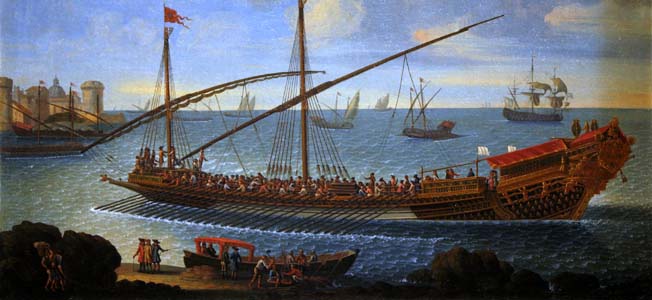
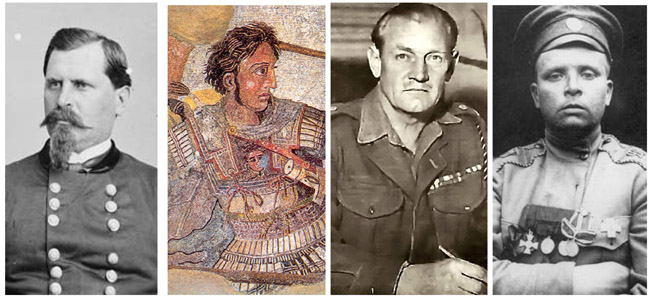
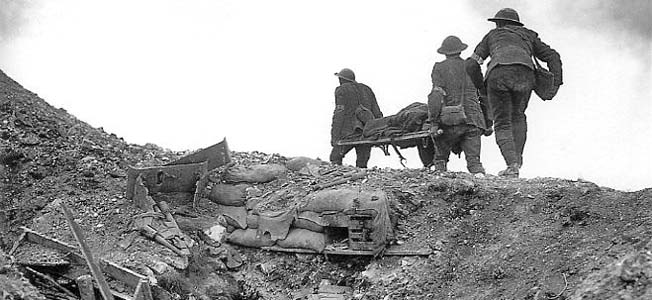
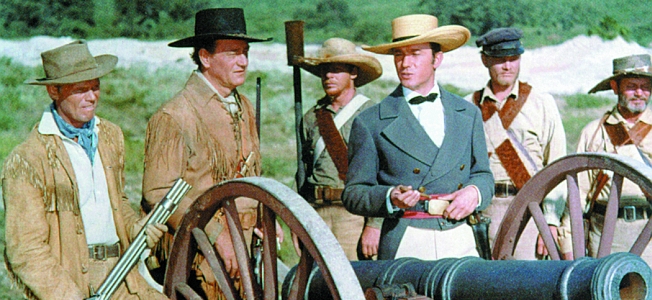
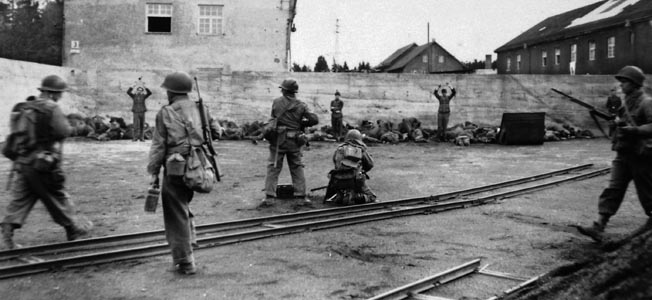
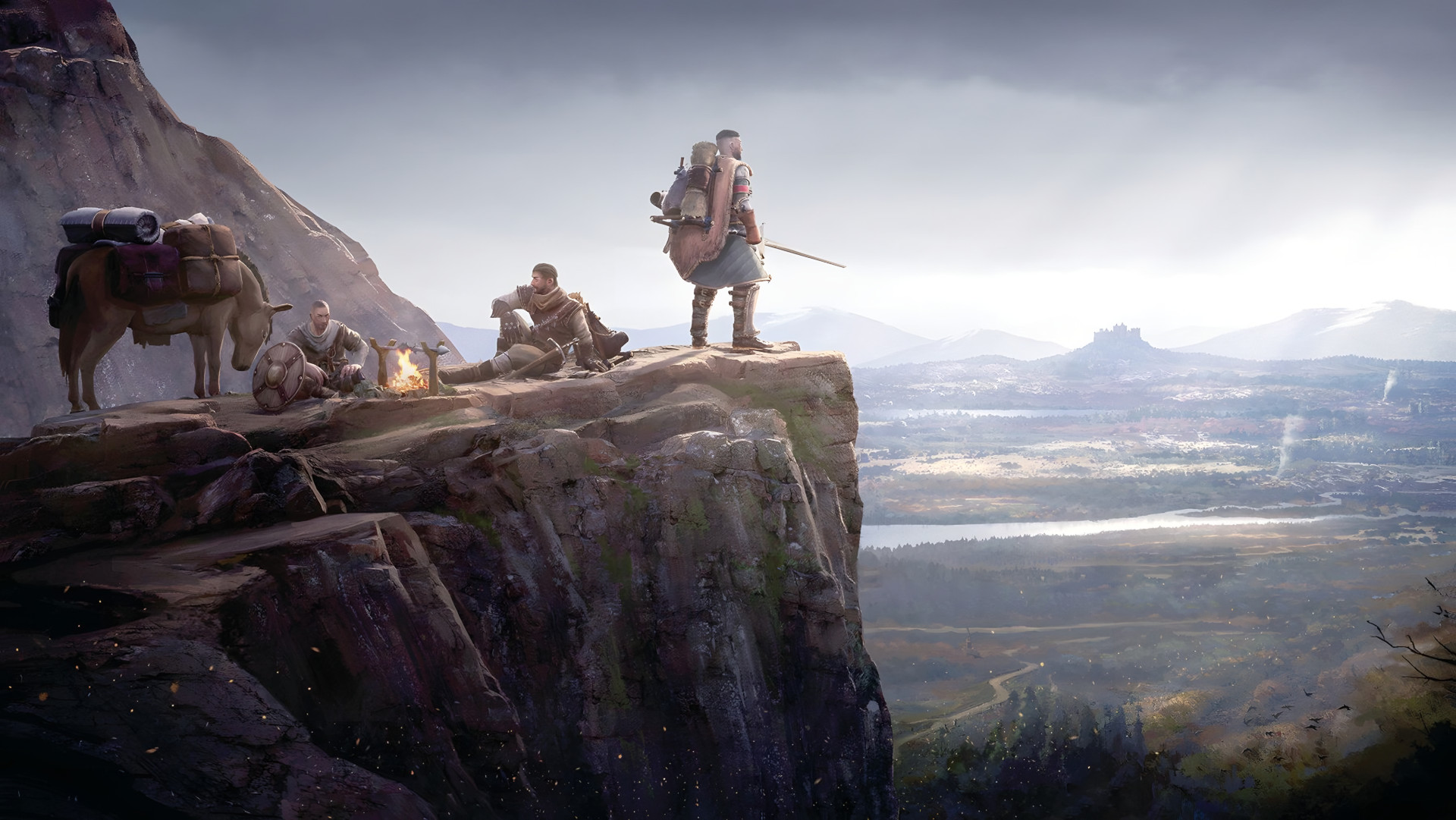
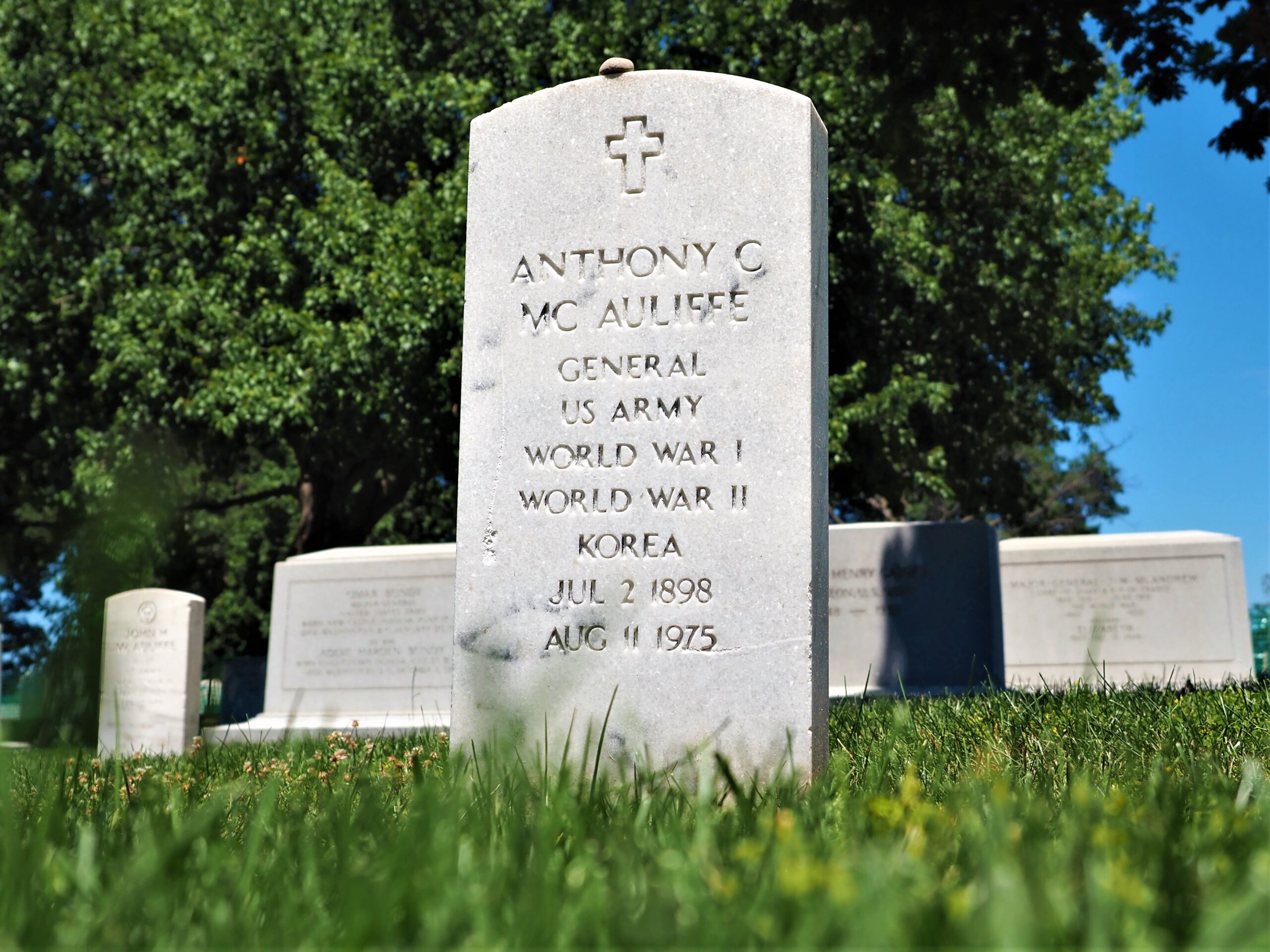
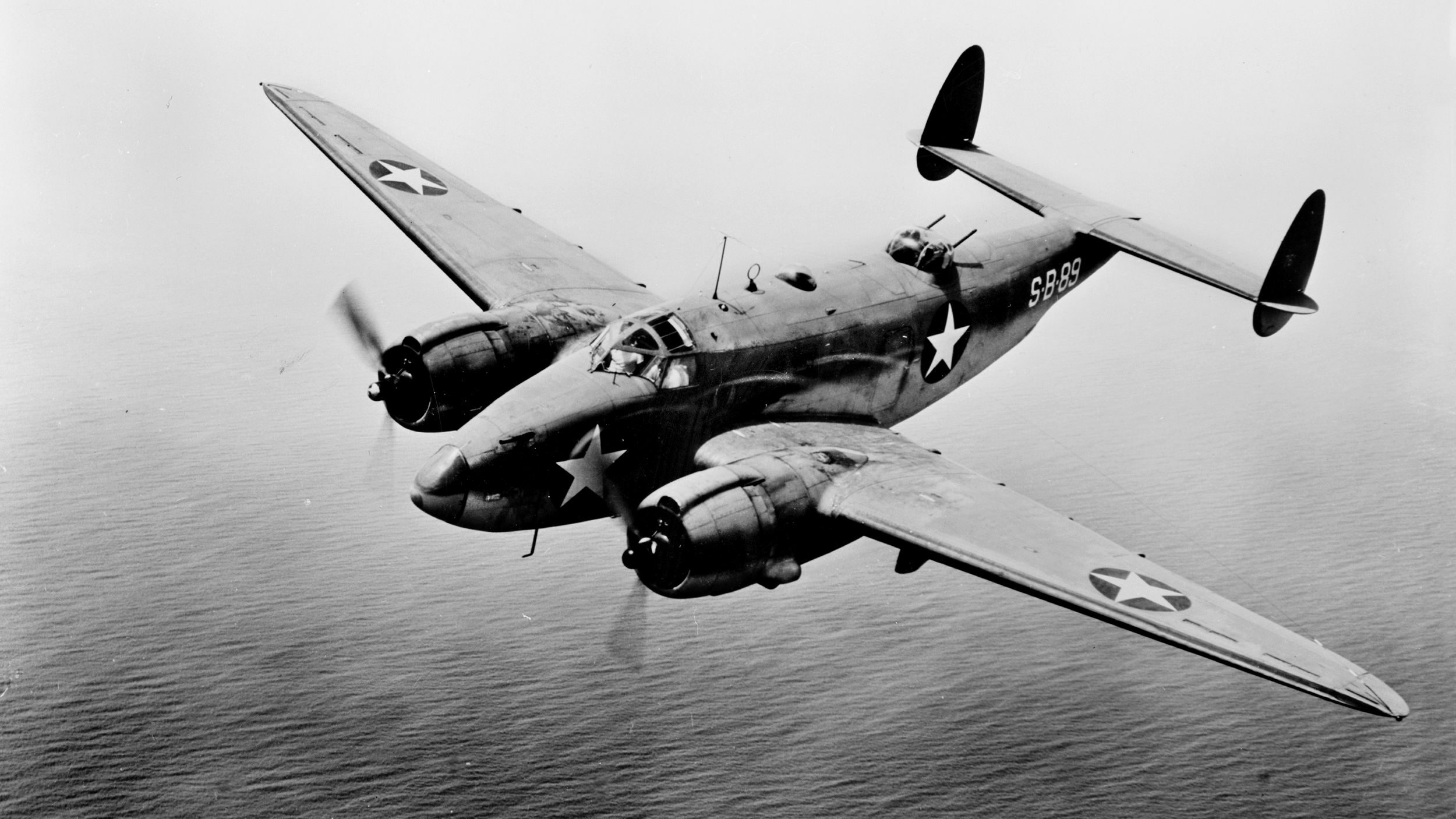
Join The Conversation
Comments
View All Comments